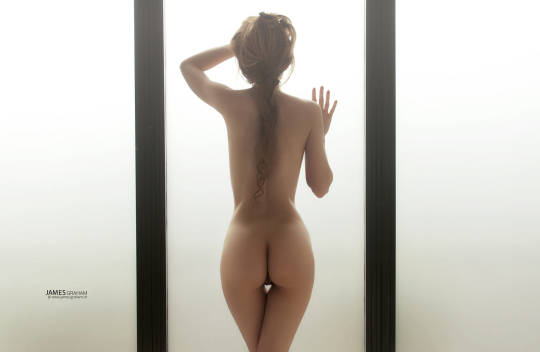#James Graham
Text

#do you know this musical#musical theater#poll#finding neverland#scott frankel#gary barlow#eliot kennedy#michael korie#allan knee#james graham#language: english
14 notes
·
View notes
Text

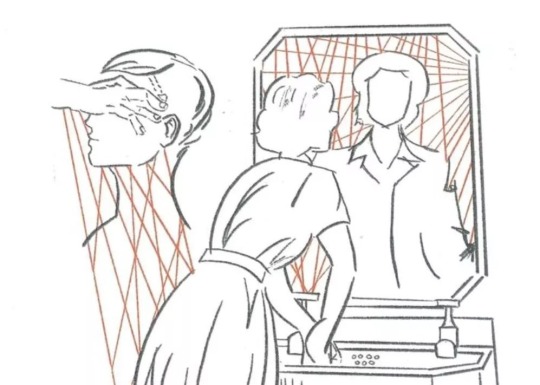


Thrilled to be sharing these 3 fantastically intricate pieces of work with you today all 'untitled' created by 2 super talented musicians (and artists it now seems) who are in a Scottish post-punk/indie rock band. They were introduced to us a few years ago by our Patron @robertsmith and have since donated work to our #anonartproject annually.
— The HeART Project
#the twilight sad#james graham#andy macfarlane#heart project#art#charity#british heart foundation#heart research uk#anon art project#music#alternative rock#post punk#indie rock#2020s#2023
22 notes
·
View notes
Text



2nd February 1645 saw The second Battle of Inverlochy.
This was one of a series of stunning victories for the Royalist army led by James Graham, 5th Earl and 1st Marquis of Montrose, this battle saw him rout the Earl of Argyll's Covenating forces.
In August 1643 the Scottish Government and English Parliament signed the Solemn League and Covenant resulting in Scotland entering the war against King Charles I. In response the King appointed James Graham, Marquis of Montrose as Captain General of Royalist forces in Scotland. Although he had fought as a Covenanter commander during the Bishops War, he had opposed the subsequent power of the Presbyterian leadership under Archibald Campbell, Marquis of Argyll. Montrose effectively mobilised the Highland forces, many of whom were opposed to Campbell, and achieved a number of rapid successes including victory at the Battle of Tippermuir the previous September and an assault on Aberdeen in October.
The Covenanter forces consisted of men drawn from Campbell's territories within Argyll and also veteran troops drawn from the Scottish army fighting in England most of whom were lowlanders. The Royalists had a core of Highlanders but their numbers were being depleted as many returned home laden with the loot they had acquired from the raided Campbell territories. However Montrose also had a large contingent of Irish, headed by General Alasdair MacColla, who had joined with the Royalist force in November 1644.
At Glencoe the army crossed the high passes into Glen Nevis, moved around the north slopes of Ben Nevis, going round Inverlochy Castle, and then continued up the Great Glen, arriving at Kilcummin to re-supply. Montroses´ army was dwindling as his highlanders continued to head home leaving him with about 1500 men. He was aware that a Covenanter army under the command of the Earl of Seaforth was waiting to confront him at Inverness. Montrose was also aware that Argyll, with a force of 3000 men, was pursuing him and was only thirty miles behind at Inverlochy. What followed was one of the greatest flanking marches in British history across some of the toughest and wildest terrain in the British Isles. Instead of marching back down the glen, Montrose decided to surprise Argyll and marched south through the mountains around Ben Nevis to mount a surprise attack.
The Montrose army spent a cold night in the open on the side of Ben Nevis. Argyll was aware that a small force was operating in the area, he did not know however that it was the entire royal army. Just before dawn on 2 February 1645, Argyll and his covenanters were dismayed at the sight that lay before them, as far as they were aware Montrose should have been 30 miles north.
Argyll did not stay for the battle, but instead he left the command of his army to his general, Duncan Campbell of Auchinbreck, and retired to his galley anchored on Loch Linnhe. As seen in the pic. Auchinbreck lined up the covenanters in front of Inverlochy castle, which he reinforced with 200 musketeers to protect his left flank. In the centre he placed the Campbells of Argyll and put the lowland militias on the flanks. Unlike at Tippermuir and Aberdeen, where Montrose had defeated easily hastily conscripted and poorly trained militias, the troops he faced at Inverlochy were veterans of the war in England. Montrose lined his army up in only two lines deep to avoid being out flanked, placing his 600 highlanders in the centre with the Irish on the flanks, the right being commanded by MacColla. The fight did not start straight away and instead skirmishes broke out along the line. This is probably because Auchinbreck and his officers thought that they were only fighting one of Montrose´s lieutenants and not the man himself, believing he was still far up the glen. Just before first light, the Royalists launched their attack.
The Irish clashed with the lowlanders on both flanks and routed them while the highlanders closed with the Campbells in the centre. The Campbells broke, but their retreat to the castle was blocked by the Royalist reserve cavalry under the command of Sir Thomas Ogilvie. Auchinbreck was shot in the thigh while trying to rally his men and died shortly afterwards.
The remaining Covenanters briefly rallied around their standard, then broke and ran, trying to reach Lochaber. The small garrison in Inverlochy castle surrendered without a fight. Over 1500 Covenanter troops died, while Montrose may have only lost 250 men, the most notable being Sir Thomas Ogilvie who was killed by a stray bullet.
Montrose, through his lieutenant, MacColla, who commanded the 2000 Irish troops sent by the Irish Confederate), was able to use this conflict to rally Clan Donald against Clan Campbell. In many respects, the Battle of Inverlochy can be seen as part of the clan war between these two.
The first illustration is called The flight of Argyll from the Battle of Inverlochy, and is from 'Loyal Lochaber. Historical Genealogical and Traditionary' by W Drummond Norie, Glasgow, 1898.
12 notes
·
View notes
Text
Oh, hello SD! Apparently Stephen Dillane will be in the second series of Sherwood!
19 notes
·
View notes
Text
youtube
The Way Trailer
The Way follows a family caught up in a civil uprising. The Driscolls are forced to escape their home and country. "Will they be overwhelmed by their memories of the past, or will they lay their ghosts to rest and take the risk of an unknown future?" (BBC)
The Way is directed by Michael Sheen from a screenplay by James Graham. The series was created by Sheen, Graham, and Adam Curtis. The series stars Steffan Rhodri, Mali Harries, Sophie Melville, Callum Scott Howells, Michael Sheen, and Maja Laskowska.
#the way#bbc#michael sheen#james graham#adam curtis#steffan rhodri#mali harries#sophie melville#callum scott howells#maja laskowska#TGCLiz#Youtube
6 notes
·
View notes
Text
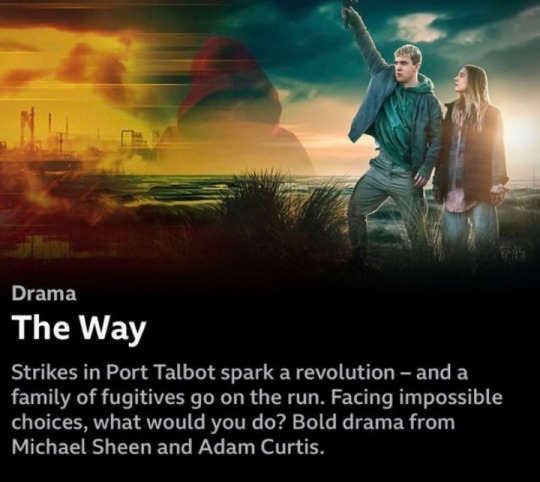
Original and compelling, Michael Sheen directs 'The Way'. Rich and multilayered storytelling, I can heartily recommend it. There is even an "I forgive you" for the GO fans like me. 😇😁
2 notes
·
View notes
Photo

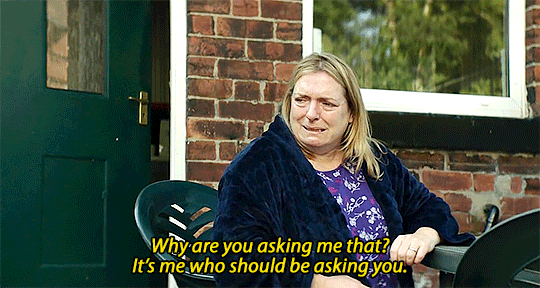
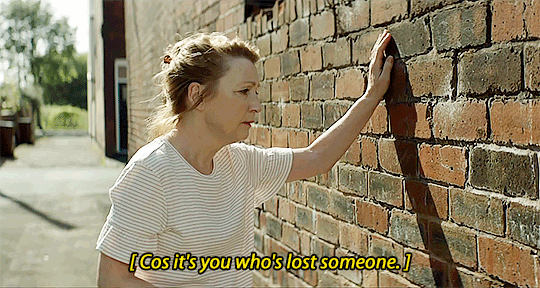
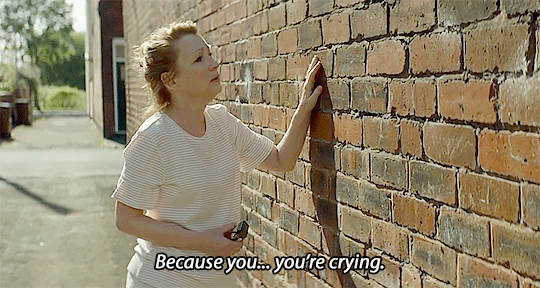
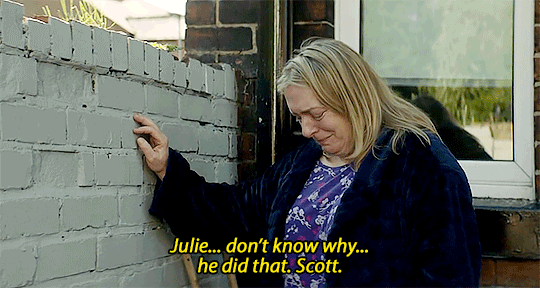

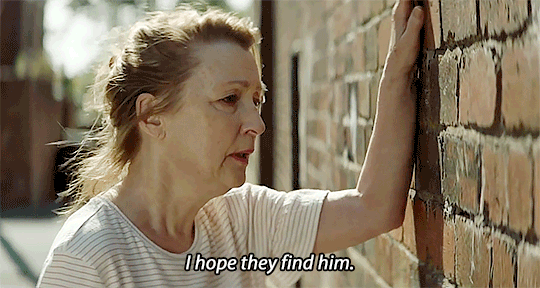

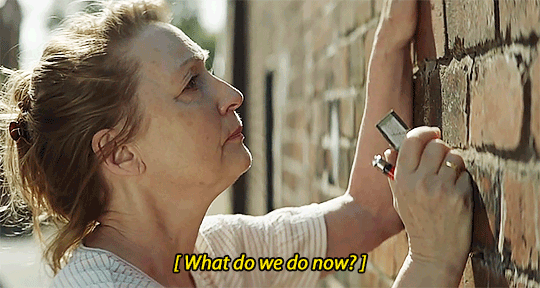
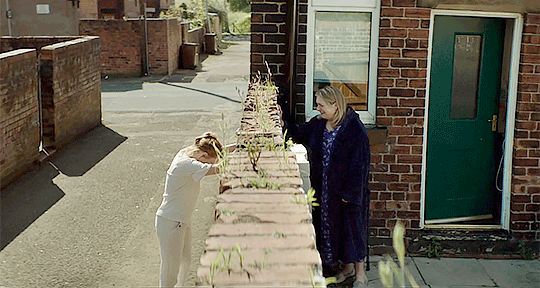
The "wall scene"
LESLEY MANVILLE & CLAIRE RUSHBROOK as Julie Jackson & Cathy Rowley
SHERWOOD | 01x03
78 notes
·
View notes
Text
RadioTimes: Is The Way based on a true story? Creators Michael Sheen and James Graham explain inspiration
2 notes
·
View notes
Text
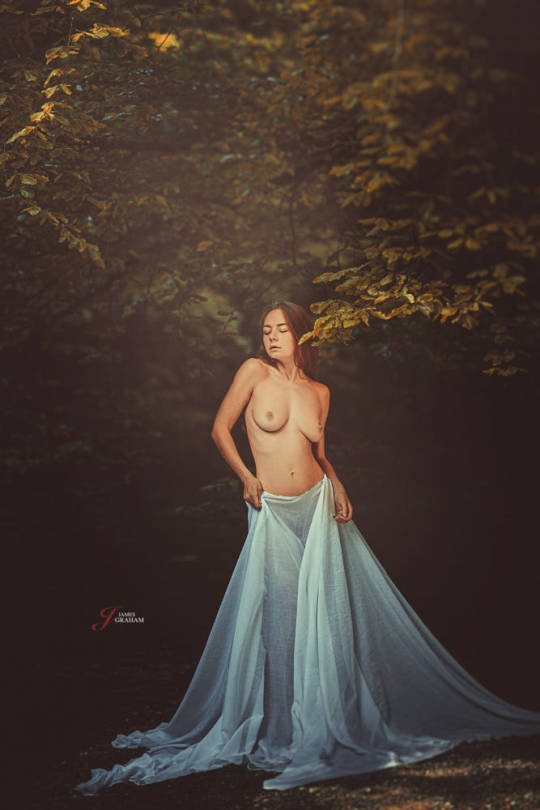
Nature
by James Graham
34 notes
·
View notes
Text
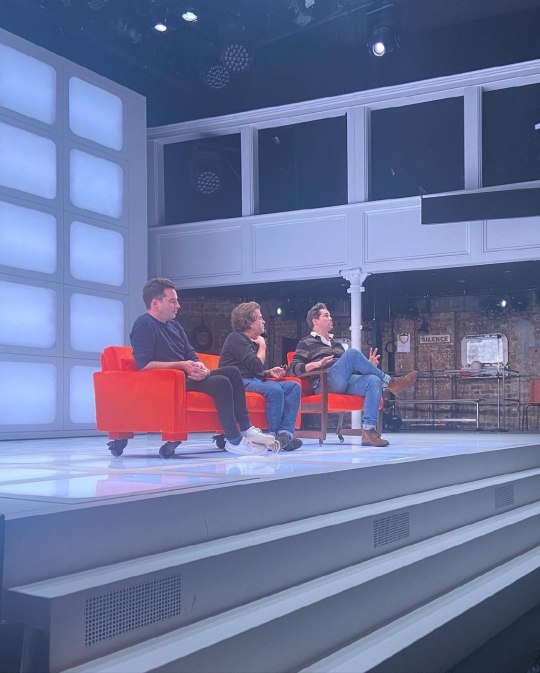
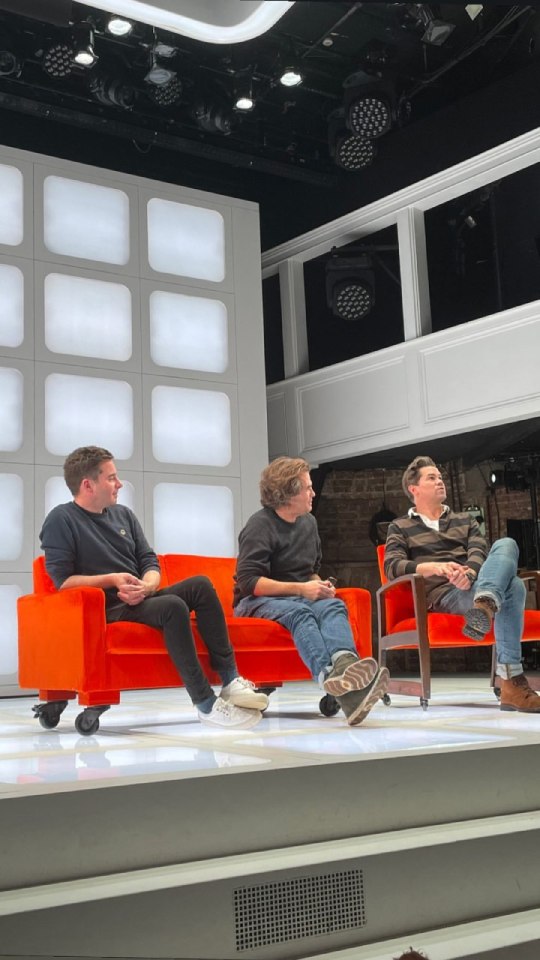

Andrew with James Graham and Rupert Goold at last night's post show Q&A. (Nov 24) (©️ lucyboardman12, alexjtorresi, badgirlbaguette / IG)
18 notes
·
View notes
Text
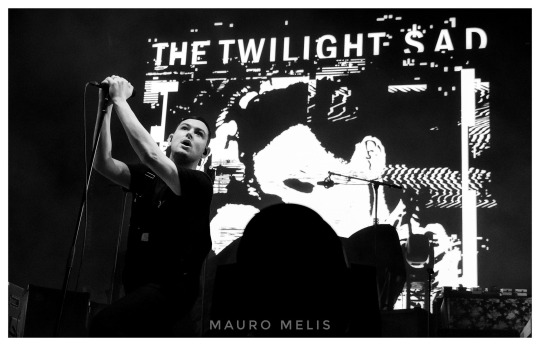

𝓣𝓱𝓮 𝓣𝔀𝓲𝓵𝓲𝓰𝓱𝓽 𝓢𝓪𝓭 and 𝔗𝔥𝔢 ℭ𝔲𝔯𝔢 live in Helsinki, 8 October, 2022
📷 by Mauro Melis.
#the twilight sad#james graham#the cure#robert smith#the lost world tour#2022 tour#music#alternative rock#gothic rock#new wave#post punk#2020s#2022
64 notes
·
View notes
Text


April 27th 1650 saw The Battle of Carbisdale. where The Great Montrose fought his last fight.
Montrose was surprised on level ground, near a pass called Invercharron (Invercharron Hill ), on Saturday, 27th April 1650. With his men they tried to reach a wooded, craggy hill in his rear but was overtaken and defeated by Lt-Col. Strachan. "The ground where the battle was fought … took its present name, Craigcaoineadhan, which may be translated the Rock of Lamentation. This site has now been added to the Inventory of Historic Battlefields but there is no memorial on the site.
A wee bit background; Between 1639 and 1653, Scotland was involved in the Wars of the Three Kingdoms, a series of wars starting with the Bishops Wars (between Scotland and England), the Irish Rebellion of 1641, the English Civil War (and its extension in Scotland), the Irish Confederate Wars, and finally the subjugation of Ireland and Scotland by the English Roundhead New Model Army.
In 1650 he, to all intents sacrificed Montrose , one of the best generals in the royalist cause, sending him on a doomed mission to Scotland. Charles risked little other than minor damage to his reputation, as he was talking with the Covenanter government of Scotland. The force under Montrose was around 500 Danish mercenaries and 40 or so loyal if now desperate royalist gentlemen soldiers.
Had Graham miraculously won through and got a foothold or even sparked an uprising and taken Scotland Charles gained enormously; otherwise the cavalier cause was down a few brave men and one great general.
Montrose sailed from Bergen to Orkney , where he gathered a further 750 to 1,000 mercenaries to his colours, landing his augmented force at John O’Groats via Orkney on April 12th.
The Marquis, after initial progress south had to edge back to the Kyle of Sutherland, where a small Scottish government force under Colonel Archibald Strachan tracked him down. Strachan lulled Montrose into inaction, tricking him into believing the chasing force was insignificant. Then Strachan attacked.
Archibald in fact had fewer than 250 cavalry, and only 36 musketeers; plus around 400 Highlanders on whom little reliance could be placed. Caught unawares though, Montrose’s troops were panicked, the Danes proving less than valorous. A rout followed the first charge, and just 100 of Montrose’s men survived the slaughter. The Marquess himself though badly wounded escaped.
After wandering in the hills with the hue and cry out against him, so hungry that he was reduced to eating his gloves, he took refuge at Ardvreck Castle with Neil MacLeod of Assynt, but there was a substantial reward to be earned for him and Macleod surrendered him to the authorities. Macleod got his money and his name has stunk in Scottish nostrils ever since.
He was paraded from northern Scotland to Edinburgh with his crimes advertised and his name degraded. Graham was outlawed, excommunicated, and attained for the crime of treason in 1644. Thus, the process of his legal death began years before he was finally captured and publically executed in Edinburgh in 1650, this basically meant he got no trial, he merely appeared before the court and the formal sentence of death was handed down on May 20th
His humiliation didn’t stop at his death, the punishment for treason extended beyond the extinction of life as the corpses of traitors were used to send out stark and richly symbolic messages. In Montrose’s case, his head was spiked on top of Edinburgh’s Old Tolbooth and his limbs were displayed in four of Scotland’s main towns.
I shall cover this in more depth on May 21st.
8 notes
·
View notes
Photo

James Graham, Le Vésuve, coulée de lave, 1858
13 notes
·
View notes
